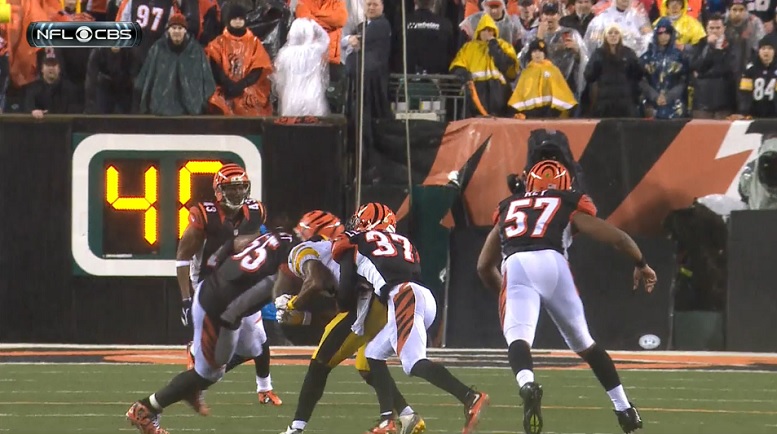The NFL’s Communications wing yesterday published a document containing some basic material concerning the league’s recent injury over the past few seasons, and one thing that seems abundantly clear is that it wasn’t published in order to garner itself any support. The numbers show that injuries are higher than they have been the last few years.
The number of concussions sustained over the course of the season, extending from the beginning of training camp through the conclusion of the regular season, is quite notable as the highest total in the past four seasons—as far back as the data shows—and a quite significant increase over the past two seasons.
With a broad, overall figure, the NFL claims that there are 271 concussions sustained during football activities in the 2015 season, including 182 concussions suffered during the regular season schedule. In a 256-game schedule, that represents a figure of .71 concussions sustained per game played. In a span of three games, two players are likely to sustain a concussion.
Equally concerning is the fact that 52 concussions were sustained during the preseason, during which 53 games—including the Hall of Fame game—are played. That is .8125 concussions per game, or in about four out of five games.
The only improvement that the data shows is that fewer concussions occurred during preseason practice—or in other words, chiefly, training camp. This is typically a very high-volume time for such injuries to occur with 90-man rosters of inexperienced players, where accidents are more abundant.
From 2012 to 2014, there were 41 concussions sustained during this time on average, but only 29 were reported in 2015. Yet regular season practice concussions were as high as any other year in the data with eight.
The league saw a substantial and encouraging drop off in concussions from 2012, where 261 were reported, but this year’s data is as concerning as ever. In 2013, the number fell to 229, and it continued its downward trend in 2014 with 206, a comparatively low number. This year’s 271 concussions represents a 31.55 percent increase in concussion incidents over last season.
The most significant cause increases came in three areas—helmet hits, shoulder hits, and the playing surface. 92 concussions were caused by helmet hits, up from 58 last year and 72 the year before, while the 23 shoulder hits inducing concussions is up from just seven last year and 11 the year before. 29 concussions were caused by the playing surface, up from 16 last year and 25 the previous season.
The league’s data also does not show a significant change in the incidence of ACL tears—right in the median range for the last four seasons—but there was significant growth in the number of MCL tears sustained, rising to 170, up from 139 the previous season, which was the most from 2012 to 2014.
Numbers such of these will always contain natural year-to-year fluctuations, as every season will have its unique in-game circumstances, and the number of games played does not provide an adequate quantity to satisfyingly level off the data, as with the other major sports. Nevertheless, it is disappointing to see the incidence of head injuries trending the wrong direction.








